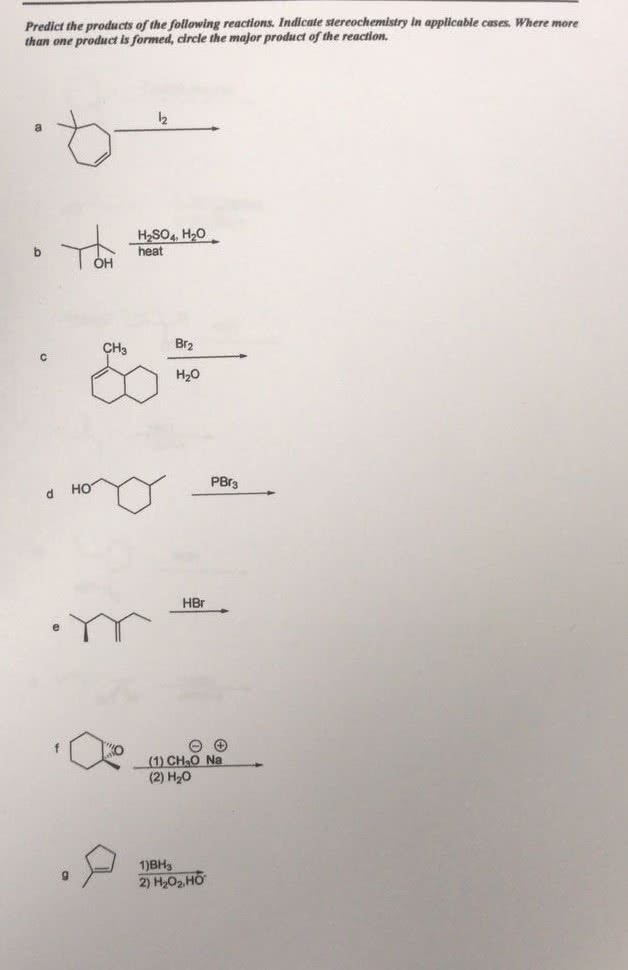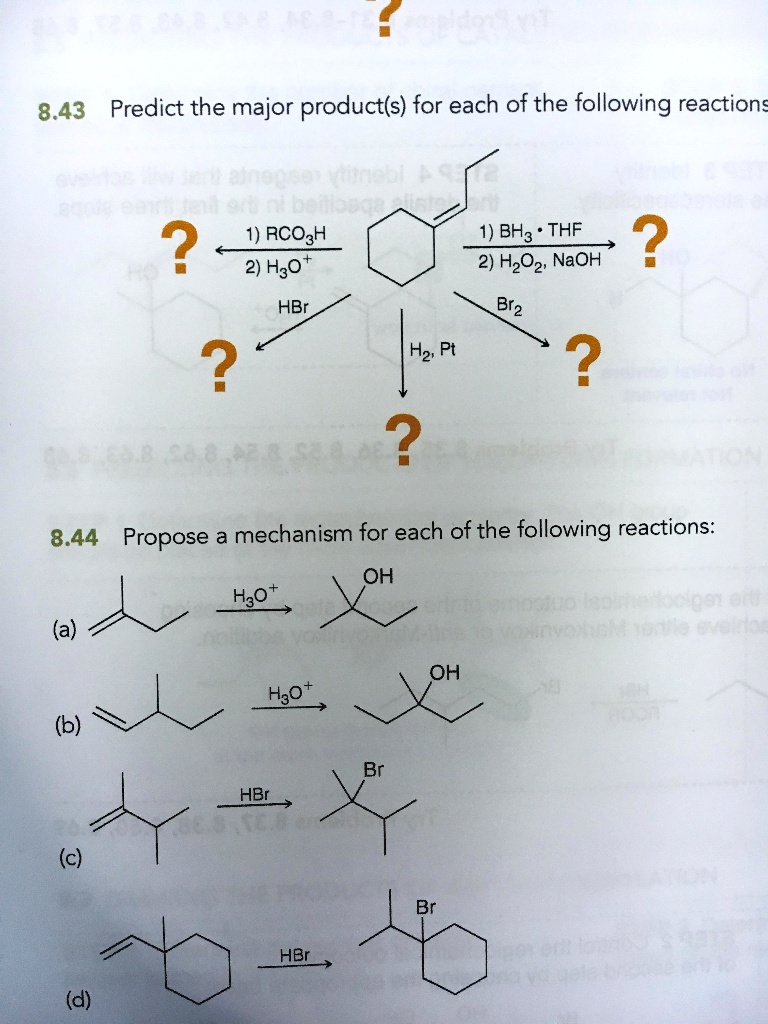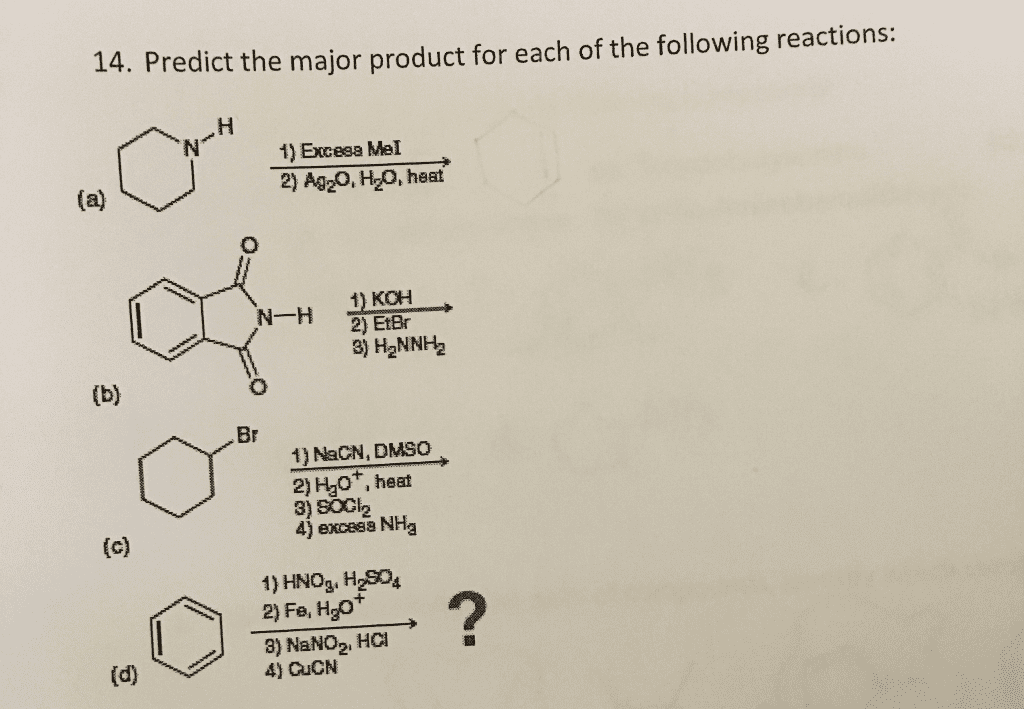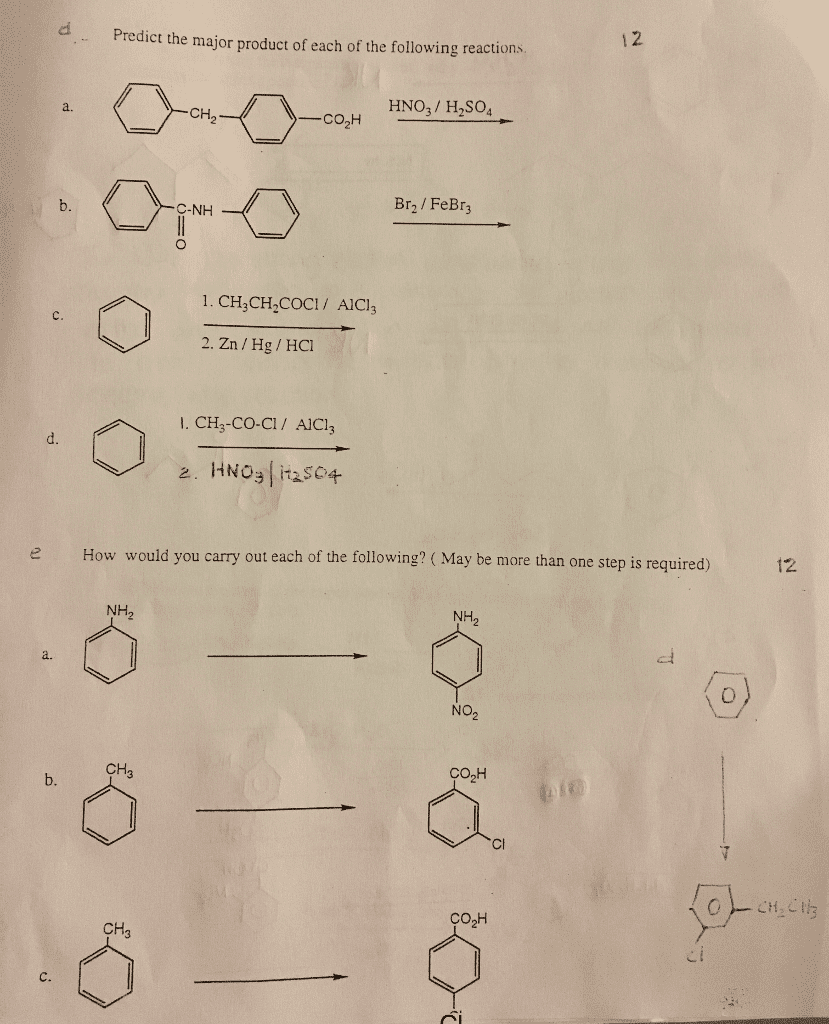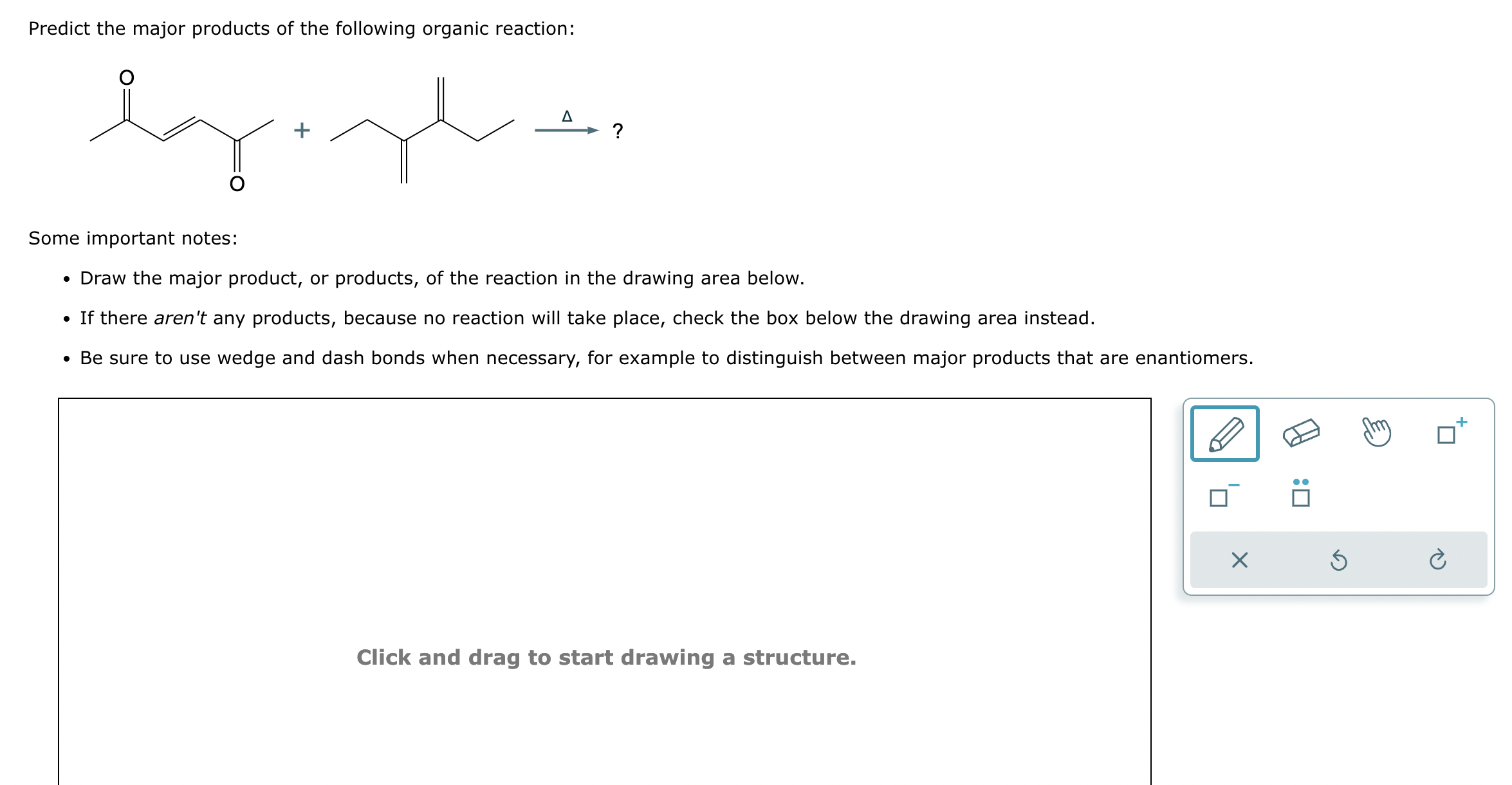Predict The Products Of The Following Reaction
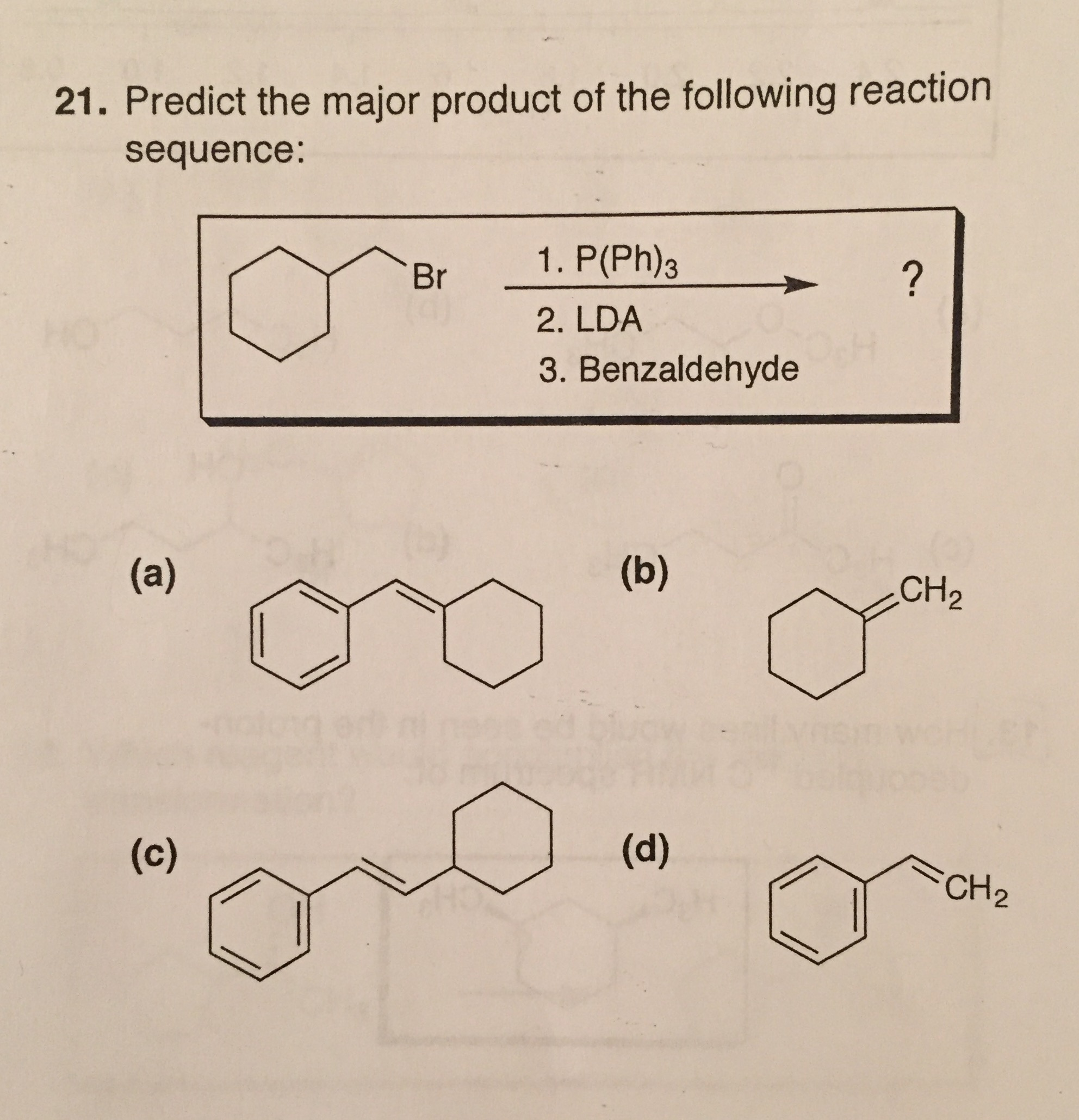
A potentially dangerous chemical reaction is underway, prompting immediate concern from local authorities. The reaction, involving unidentified substances, could produce hazardous byproducts.
Authorities are racing against time to predict and mitigate the risks associated with this unforeseen chemical event.
Immediate Concerns and Ongoing Assessment
The incident was first reported at approximately 6:00 AM EST this morning at an abandoned warehouse on the outskirts of Mill Creek, Ohio. Initial reports suggest a spontaneous reaction involving several discarded chemical drums. The exact nature of the compounds is still under investigation.
Local hazmat teams, along with specialists from the Environmental Protection Agency (EPA), are currently on-site.
Their immediate priority is to identify the reacting chemicals and predict the resulting products.
Potential Byproducts and Environmental Impact
Without knowing the initial reactants, predicting the exact products is challenging. However, experts are focusing on a range of possibilities based on common industrial chemicals often found in similar settings.
These potential byproducts include highly corrosive acids like hydrochloric acid (HCl) or sulfuric acid (H2SO4). The formation of toxic gases such as chlorine (Cl2) or phosgene (COCl2) is also being considered as a high-risk scenario.
The EPA is deploying advanced air monitoring equipment to detect any airborne toxins.
Runoff contamination is a significant concern, especially given the warehouse's proximity to the Mill Creek River, a tributary of the Ohio River.
Containment measures are being implemented to prevent further environmental damage.
Evacuation Orders and Public Safety
A mandatory evacuation order is in effect for all residents within a one-mile radius of the warehouse. This impacts approximately 500 households.
Evacuees are being directed to the Mill Creek High School gymnasium, which has been established as a temporary shelter. The Red Cross is providing assistance.
Authorities are urging residents to stay indoors, close all windows, and turn off ventilation systems if they are outside the evacuation zone but experience any unusual smells or respiratory irritation.
Several road closures are in place around the affected area. Motorists are advised to avoid the area completely and seek alternate routes.
The Investigation: Identifying the Unknowns
The core challenge lies in identifying the initial chemicals. Samples have been collected and are being analyzed at the EPA's regional laboratory in Cincinnati.
Preliminary analysis suggests the presence of several organic solvents and at least one inorganic acid. Matching these compounds to historical records from the warehouse is proving difficult.
The warehouse has been abandoned for several years, and records are incomplete.
Expert Opinions and Predictive Modeling
Dr. Emily Carter, a leading chemical engineer from Ohio State University, is consulting with the EPA. She and her team are running complex simulations to model the potential reaction pathways.
“We are using all available data to predict the most likely products and assess the potential hazards,” Dr. Carter stated. "Time is of the essence."
These models are crucial for informing the ongoing containment and mitigation efforts.
Looking Ahead: Next Steps and Ongoing Developments
The immediate focus remains on identifying and neutralizing the reacting chemicals. Hazmat teams are preparing to introduce neutralizing agents, pending confirmation from lab analysis.
Air and water samples are being continuously monitored to track the spread of any contaminants.
A full investigation into the circumstances surrounding the abandoned warehouse and the improperly stored chemicals is already underway.
The community will be updated with new information as it becomes available through the EPA and local emergency management services.
Further details will be released at a press conference scheduled for 3:00 PM EST today at the Mill Creek County Courthouse.
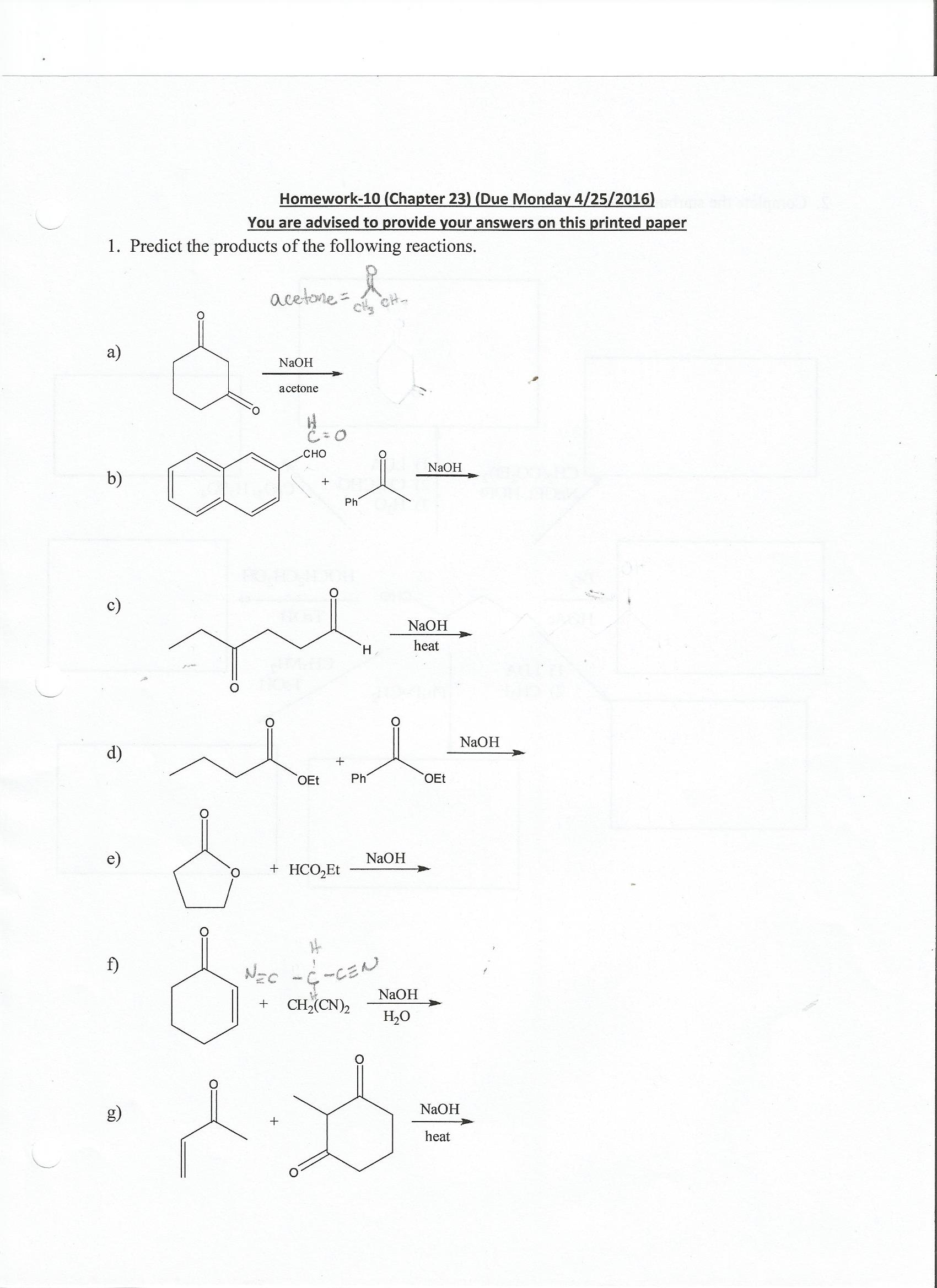
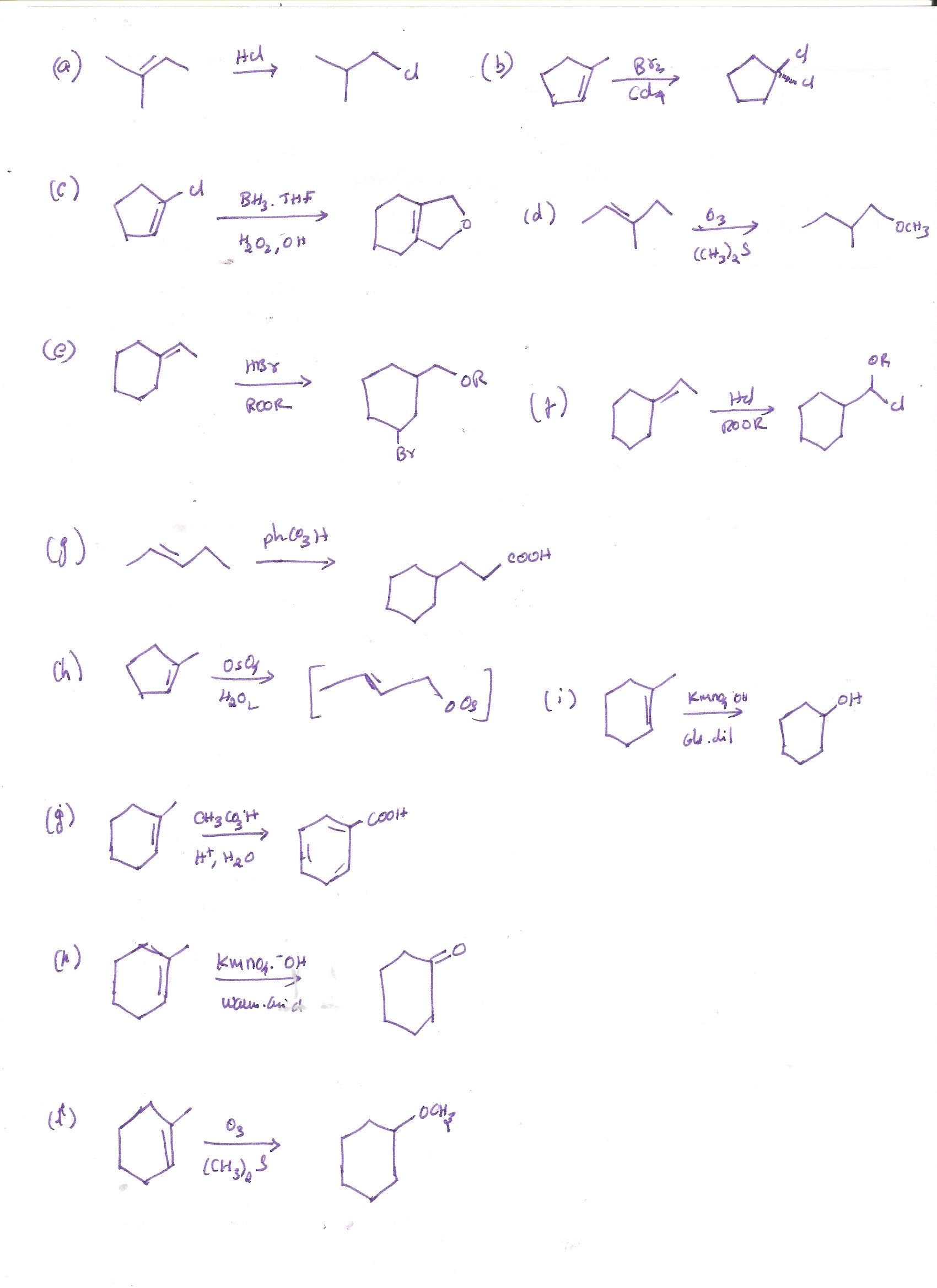
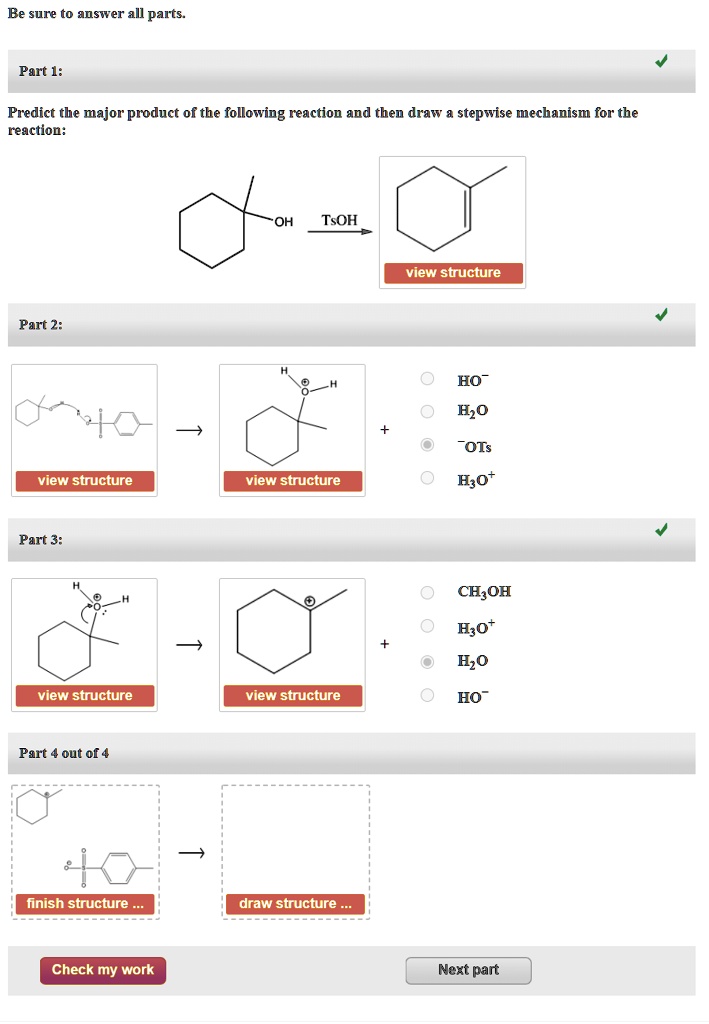
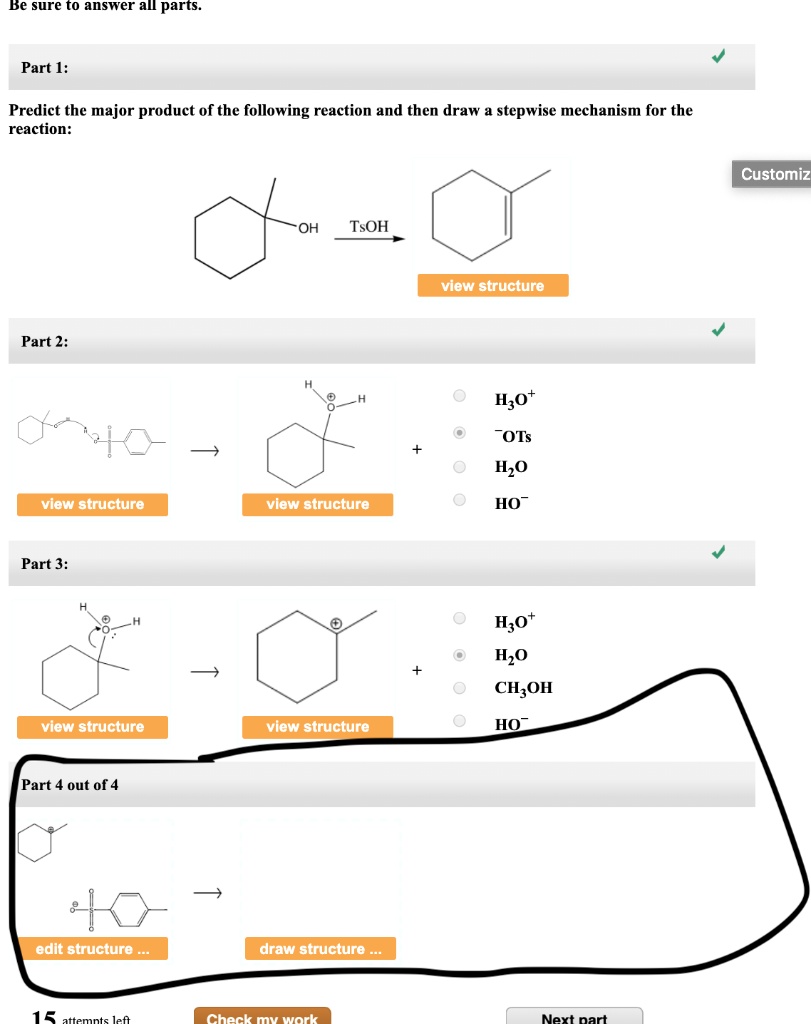

![Predict The Products Of The Following Reaction Solved [2] Predict the product of the following reaction. 1. | Chegg.com](https://media.cheggcdn.com/media/86c/86c041b2-f348-475b-8518-9568911f193b/image.png)
